Siempre que visito museos donde veo algunos animales o plantas fosilizados siempre aprendo algo nuevo, y es que este mundo es bastante extenso poco a poco utilizando HIVE e podido transmitir mis conocimientos sobre los fosiles a aquellas personas que son amantes de este hermoso tema! y claro utilizando la macrofotografia podemos ver muchos detalles como por ejemplo algun orificio en el esqueleto de un mamifero por donde pasa una arteria! continuemos reforzando este tema y aprendamos cosas nuevas en este post sobre los fosiles!🦕🌏👨🎓🧠
Whenever I visit museums where I see some fossilized animals or plants I always learn something new, and that is that this world is quite extensive, little by little using HIVE I have been able to transmit my knowledge about fossils to those people who are lovers of this beautiful subject! and of course using macro photography we can see many details such as a hole in the skeleton of a mammal through which an artery passes! Let's continue to reinforce this topic and learn new things in this post about fossils!🐆🐎🐅🦖🦕🦈

Que es considerado un fósil??🌏🦴/ What is considered a fossil?🧠🙇♂

Estos tres fosiles fueron uno de mis favoritos del museo, como puedes ver hay un cangrejo cuyo exoesqueleto esta muy bien conservado, luego tenemos un gran diente de tiburon que pertenecia al terrorifico megalodon y por ultimo uno de los animales mas antiguos y extraños que habitaron en la tierra los Trilobita que fueron grandes artropodos con un movimiento muy interesante, pero necesitamos saber que edad debe tener un "fosil" para ser considerado "fosil"?? bien para un resto de animal o planta ser considerado "fosil" debe poseer un minimo de "10mil años de antiguedad", normalmente se conservan en rocas! pero la roca no es el unico medio donde un fosil puede preservarse tambien existe el "hielo o el ambar!!"🤯🧠
These three fossils were one of my favorites in the museum, as you can see there is a crab whose exoskeleton is very well preserved, then we have a large shark tooth that belonged to the terrifying megalodon and finally one of the oldest and strangest animals that lived in the earth the Trilobita that were large arthropods with a very interesting movement, but we need to know how old a "fossil" must be to be considered a "fossil"?? well for an animal or plant remains to be considered "fossil" it must be at least "10 thousand years old", they are normally preserved in rocks! but the rock is not the only medium where a fossil can be preserved, there is also "ice or amber!"👩🏫📚🤩

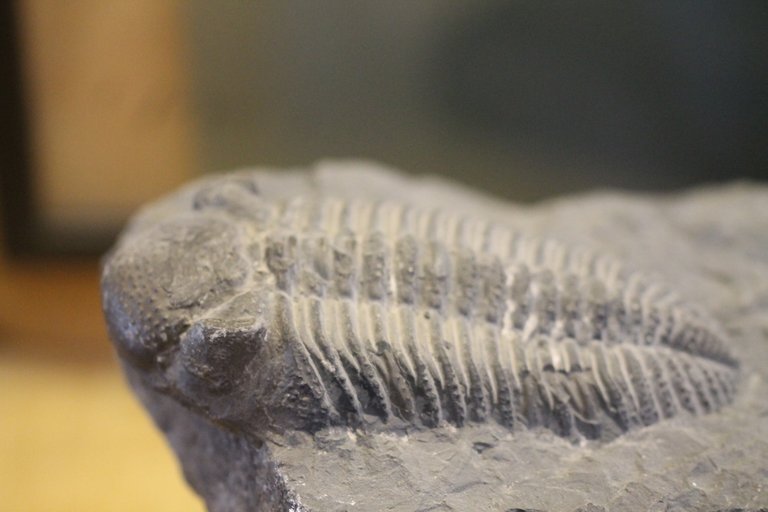

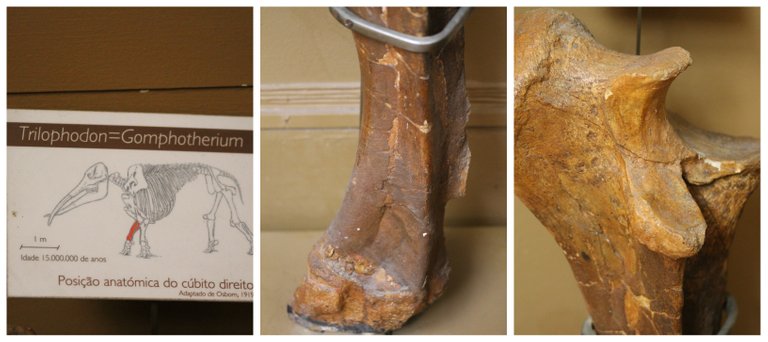
Existe una regla general en el mundo de los fosiles "normalmente el animal es encontrado incompleto", casi todos los animales descubiertos en la actualidad se exhiben con huesos faltantes, obviamente como tienen mas de diez mil años de antiguedad son animales que ya no habitan la tierra, osea estan extintos! pero para ser considerado un fosil bastan con una simple huella, diente o cuerno!📚🤩🦖
There is a general rule in the world of fossils "normally the animal is found incomplete", almost all animals discovered today are exhibited with missing bones, obviously as they are more than ten thousand years old they are animals that no longer inhabit the Earth, I mean they are extinct! but to be considered a fossil, a simple footprint, tooth or horn is enough!🤯🧠🦴


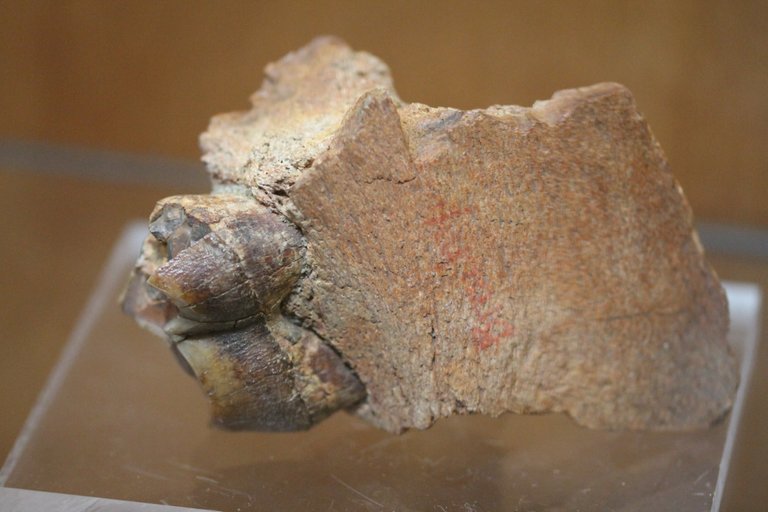
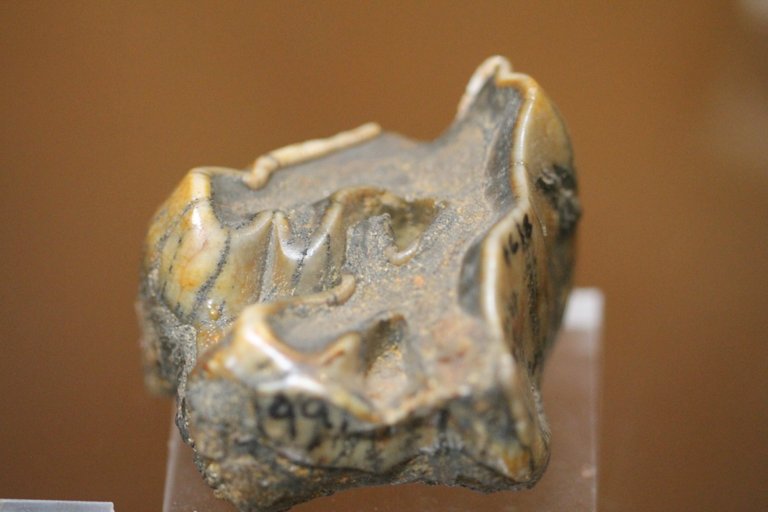
Lo que convierte interesante a un fosil es que no todos los animales que murieron o se extinguieron pudieron convertirse en un "fosil" para que esto ocurra los restos del animal muerto deben pasar por un conjunto de procesos quimicos que permita preservar la materia organica! entre ellos "permineralizacion y compresion". Y tambien existe una clasificacion para los fosiles! 🧠🦴🦖
What makes a fossil interesting is that not all animals that died or became extinct could become a "fossil" for this to happen, the remains of the dead animal must go through a set of chemical processes that allows the organic matter to be preserved! among them "permineralization and compression". And there is also a classification for fossils!👨🎓🤓

Que es un macrofosil??🌏🦴/ What is a macrofossil?🧠🙇♂
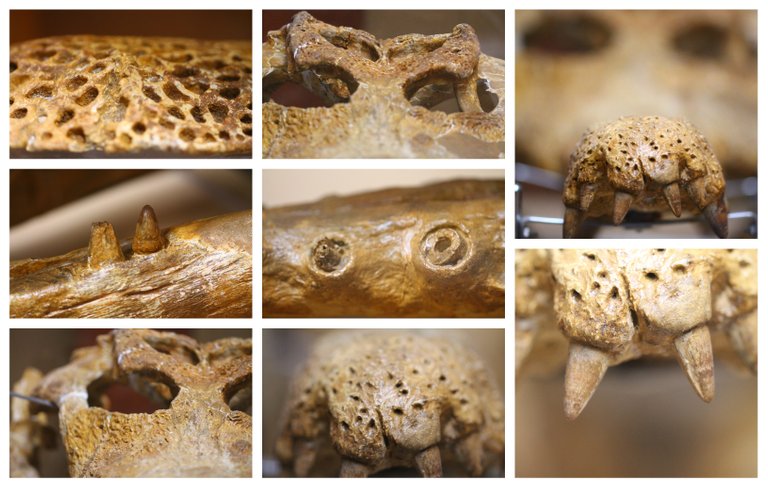
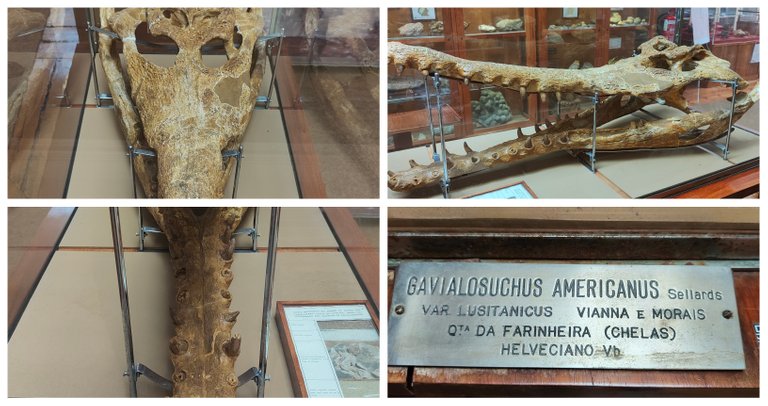
Este es el ejemplo representativo de un macrofosil, se trata de un fosil de tamaño grande como por ejemplo el de un dinosaurio! este especimen es una reliquia es una maravilla en el mundo de la paleontologia! es un cocodrilo ya extinto que habito la tierra hace mas de 20millones de años y que podia alcanzar un tamaño de 10 metros de largo! es uno de los craneos mejor conservados del mundo y esta aqui en Portugal! 🐊🐊
This is the representative example of a macrofossil, it is a large fossil such as that of a dinosaur! this specimen is a relic is a wonder in the world of paleontology! It is an extinct crocodile that inhabited the earth more than 20 million years ago and could reach a size of 10 meters long! It is one of the best preserved skulls in the world and it is here in Portugal!🐊📚👩🏫

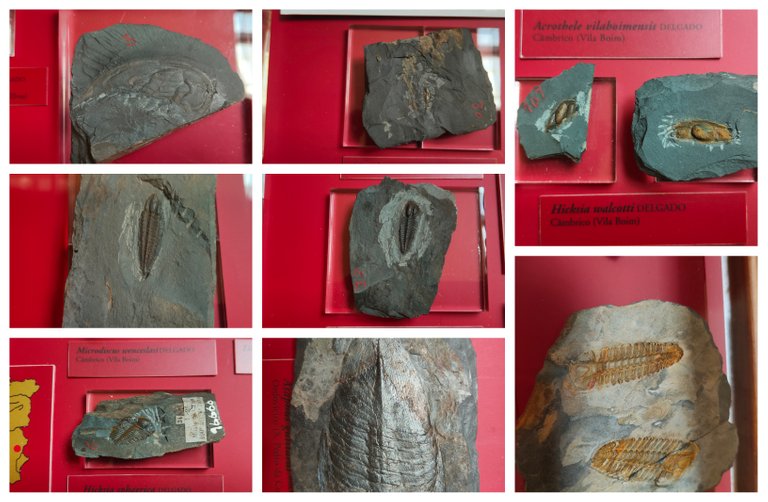
Asi como existen macrofosiles tambien existen los microfosiles que serian lo opuesto! son tan pequeños que solo pueden ser visto bajo una lupa potente o un microscopio! por ejemplo bacterias, microalgas, y estos microfosiles tienen mucha importancia en la biologia porque los cientificos consiguen determinar como era la ecologia del planeta hace millones de años!🦴👨🎓🤓
Just as there are macrofossils, there are also microfossils that would be the opposite! they are so small that they can only be seen under a powerful magnifying glass or microscope! for example bacteria, microalgae, and these microfossils are very important in biology because scientists manage to determine what the ecology of the planet was like millions of years ago!😮🌄👩💻👨🏫

Tafonomia¿¿??🌏🦴/ Taphonomy??🧠🙇♂
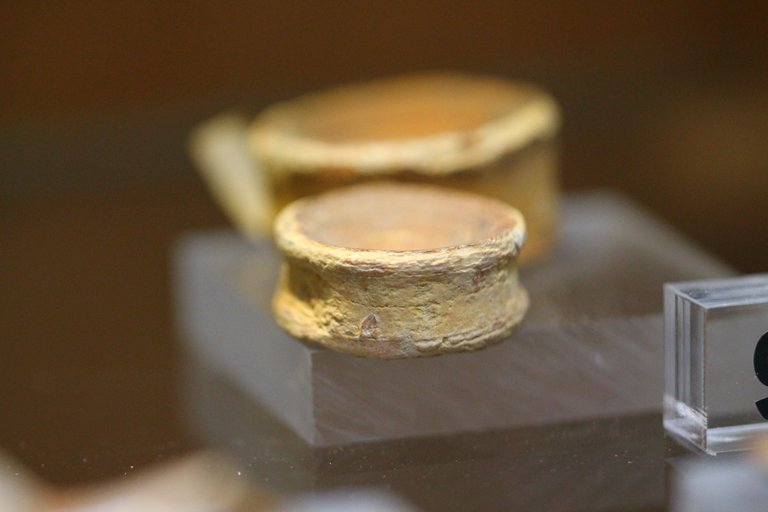
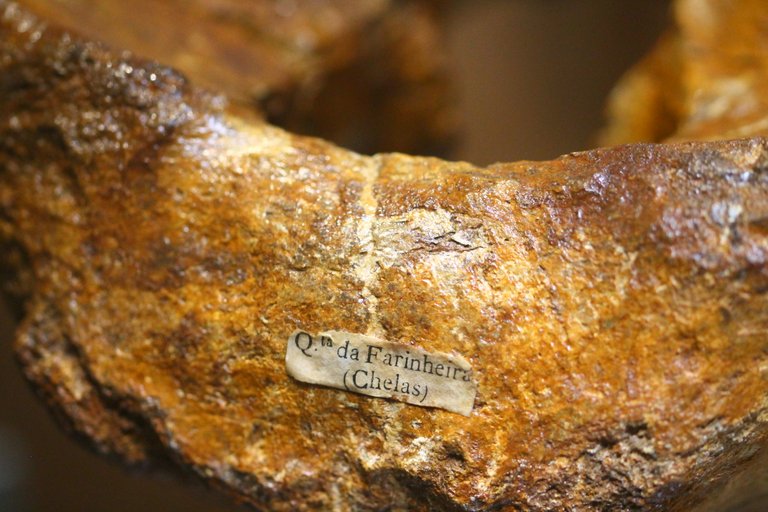
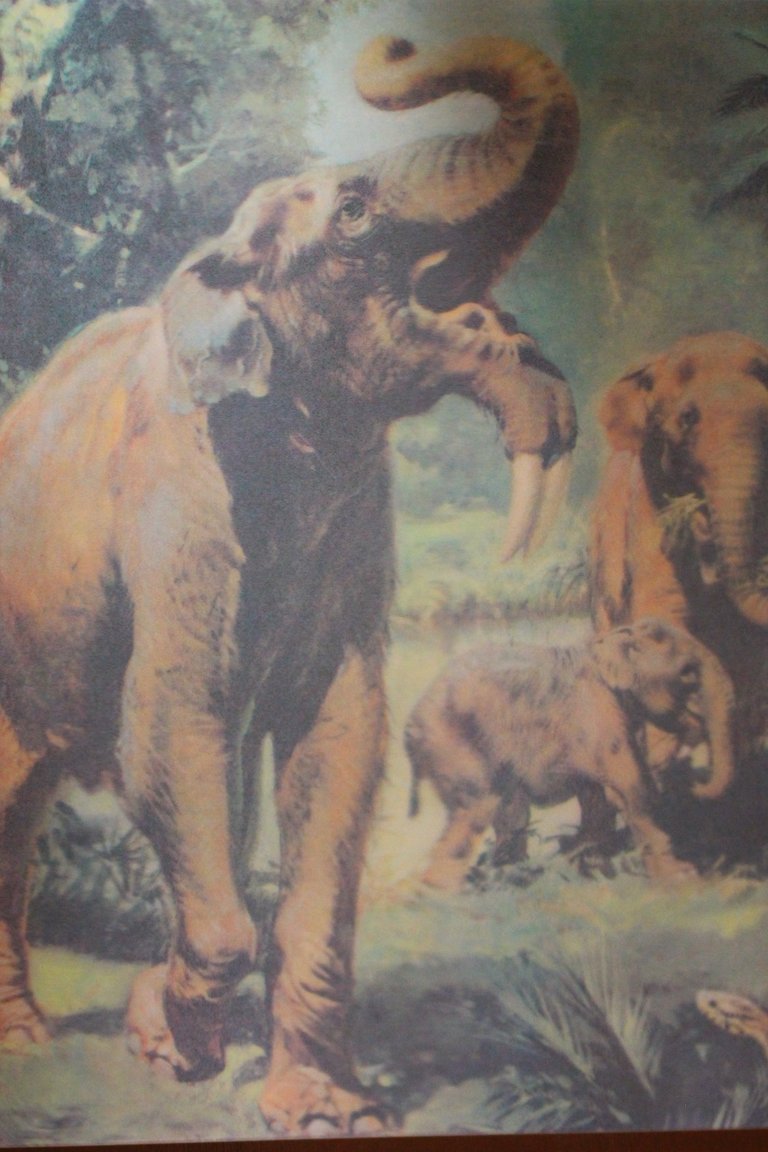

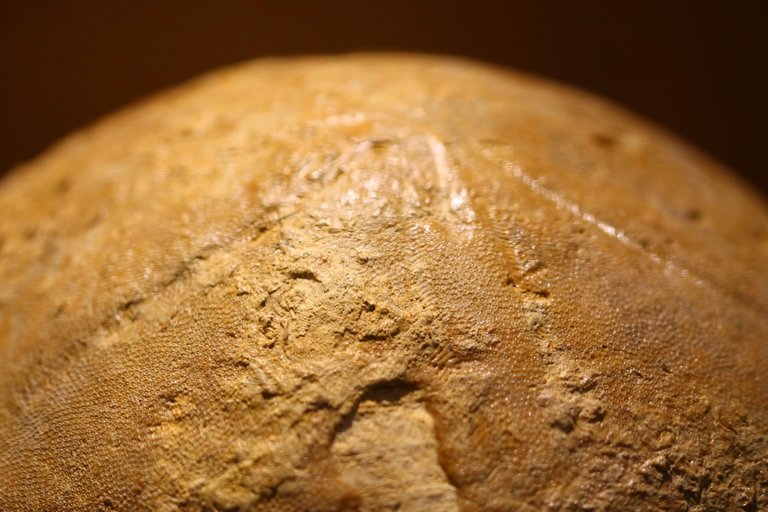
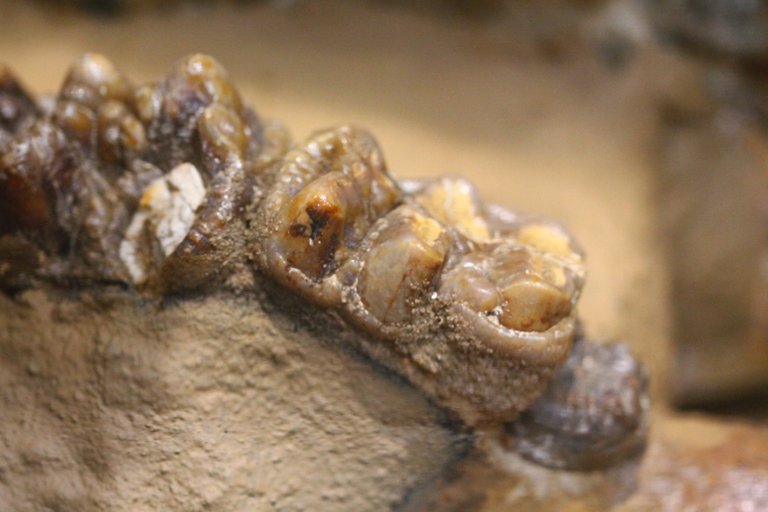
La tafonomia es una ciencia ligada con la Palentologia que se encarga de estudiar cuales y como son los procesos de fosilizacion! y abarca desde el momento en que muere el animal hasta ser encontrado!🦕👩🏫👨🎓
Taphonomy is a science linked to paleontology that is responsible for studying what and how the fossilization processes are! and covers from the moment the animal dies until it is found!🐆🐎🐅🌏

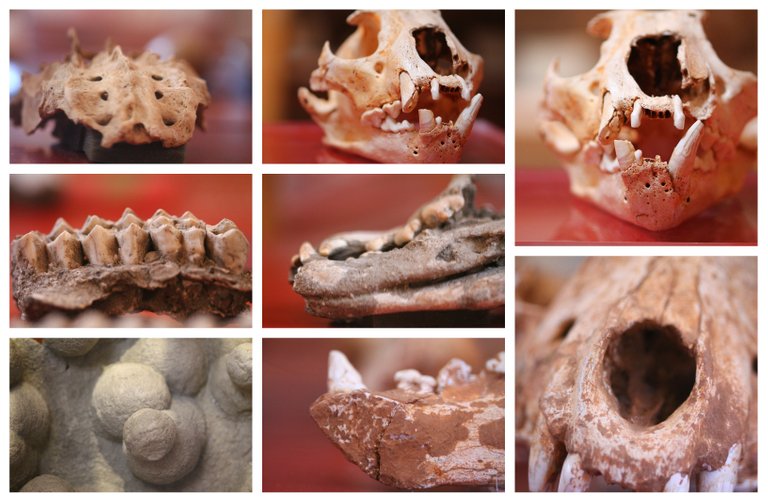
Fosiles guias que es eso??🌏🦴/Guide fossils what is that??🧠🙇♂

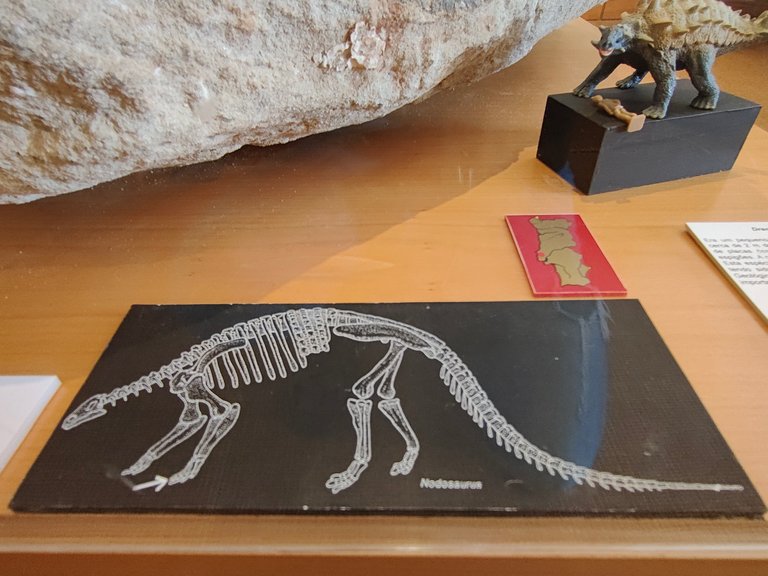
Tambien se les conoce como "fosiles director" y son aquellos que habitaron el planeta hace millones de años y que son usados como referencia en una escala de tiempo! tienen una funcion muy importante porque son una guia para saber como era el, o los procesos geologicos del planeta en el pasado!🤓😮🐎🦴
They are also known as "director fossils" and are those that inhabited the planet millions of years ago and are used as a reference on a time scale! they have a very important function because they are a guide to know what it was like, or the geological processes of the planet in the past!🧠🤯🌏

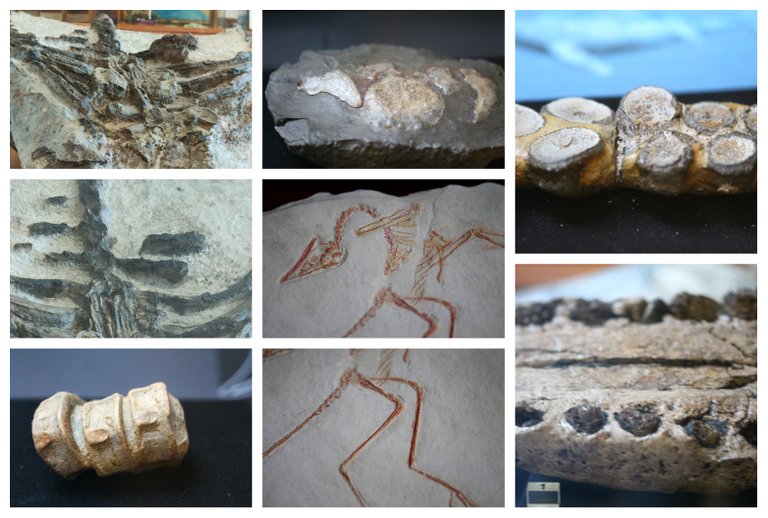

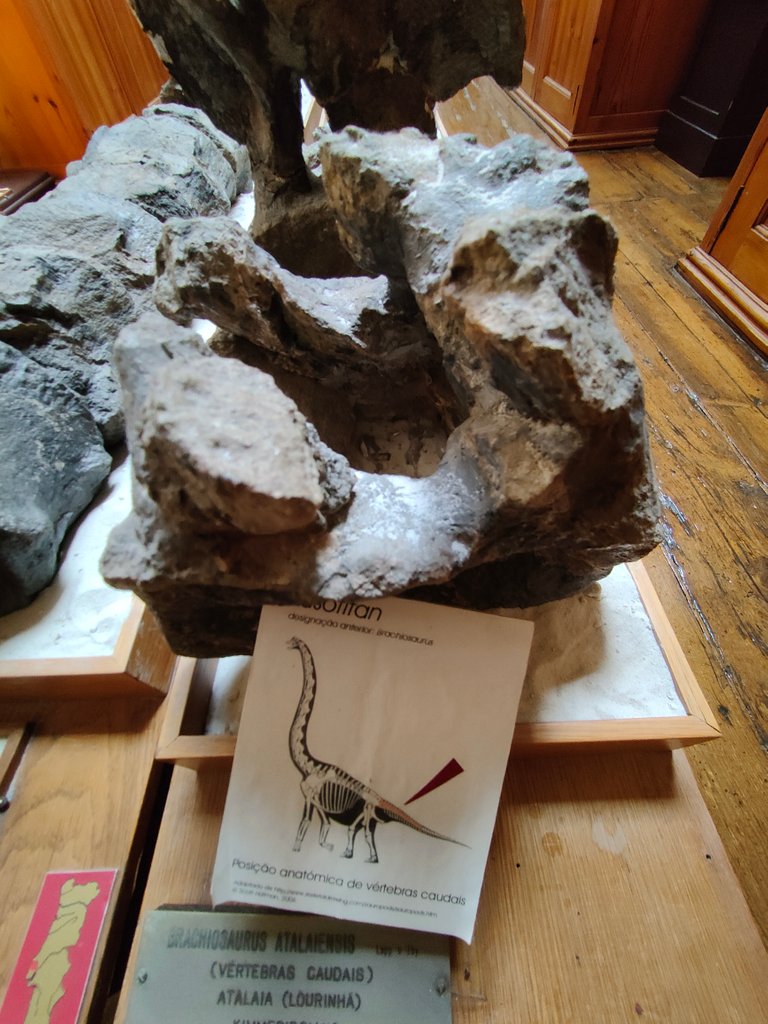
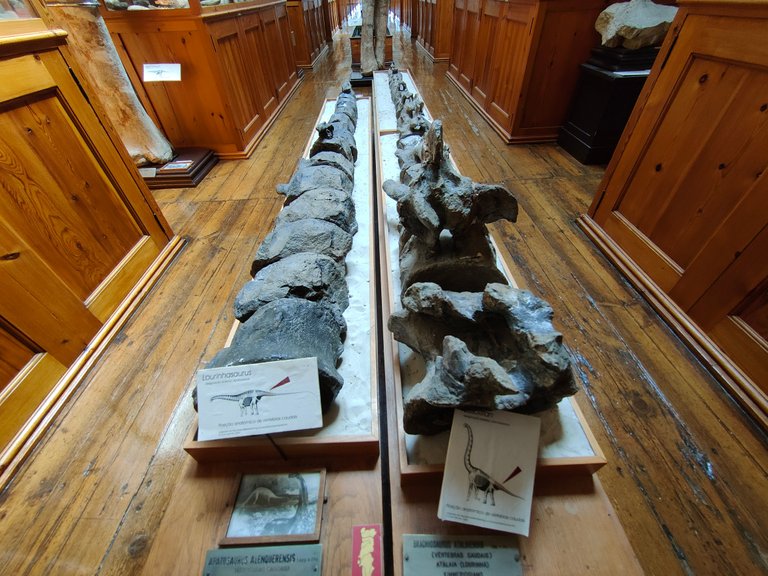
Para que un fosil pueda considerarse como "fosil guia" debe reunir un conjunto de caracteristicas: ser abundante en una zona geologica, deben surgir en un periodo especifico, tienen que tener una edad minima de diez mil años.🧠🤯
For a fossil to be considered a "guide fossil" it must meet a set of characteristics: be abundant in a geological zone, must arise in a specific period, must have a minimum age of ten thousand years.😮👩💻🦈

Sabias que??🌏🦴/Did you know??🧠🙇♂
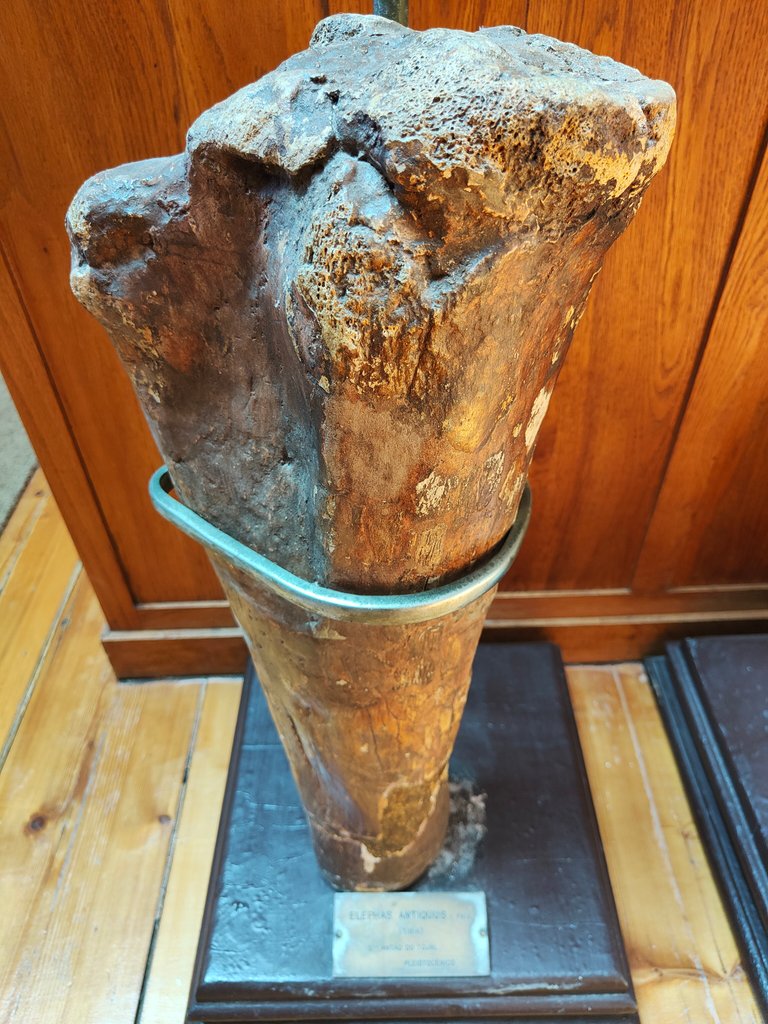
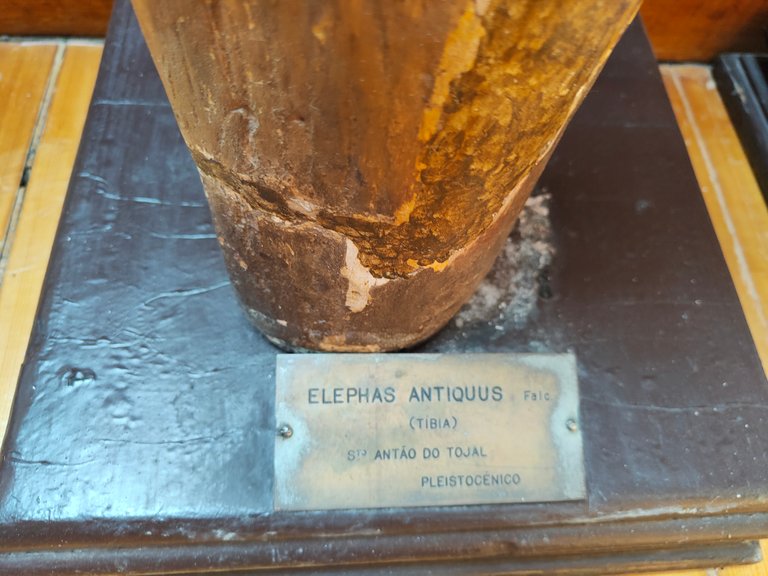
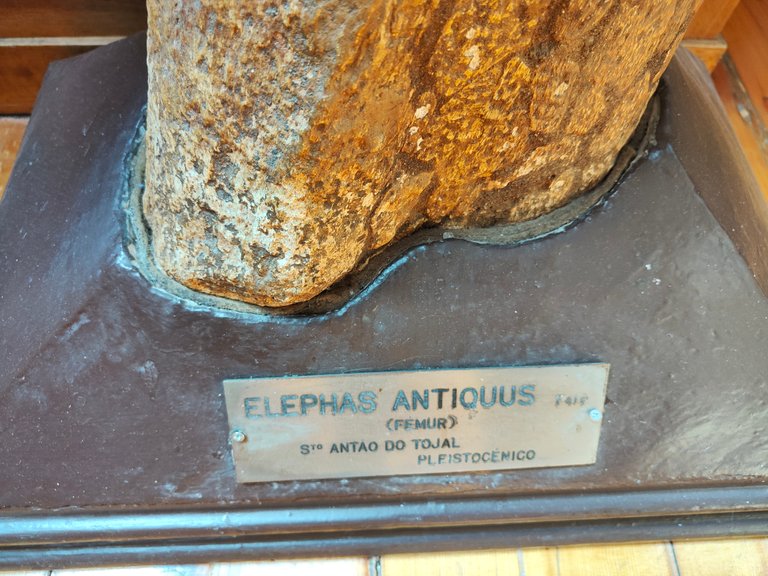
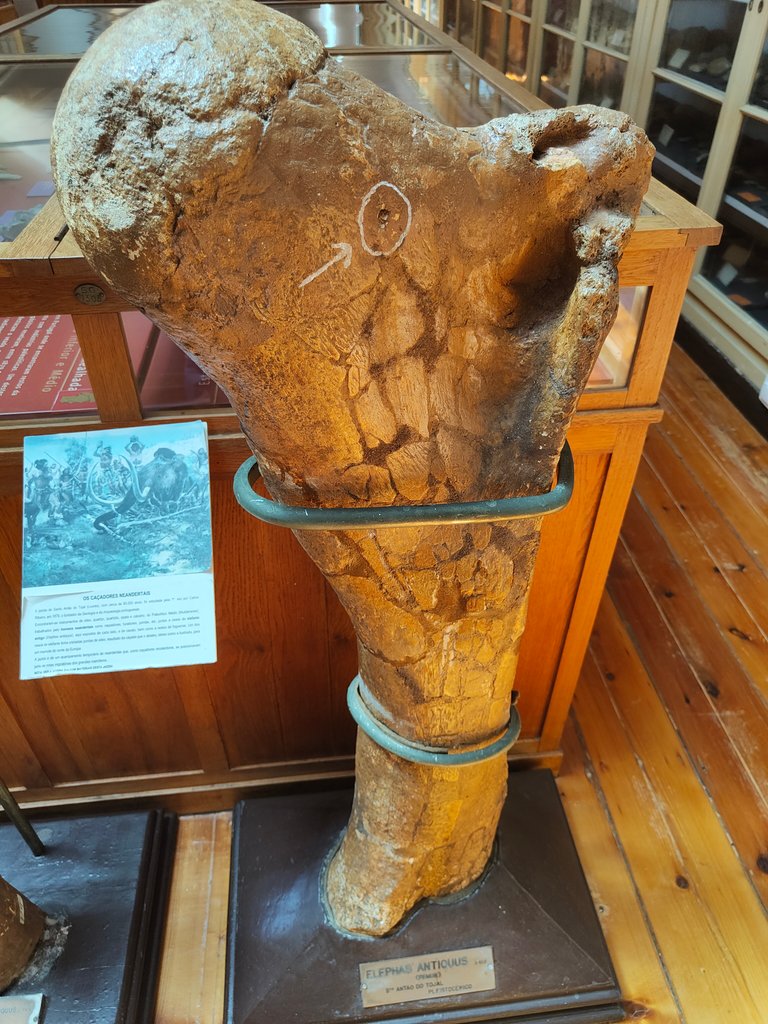
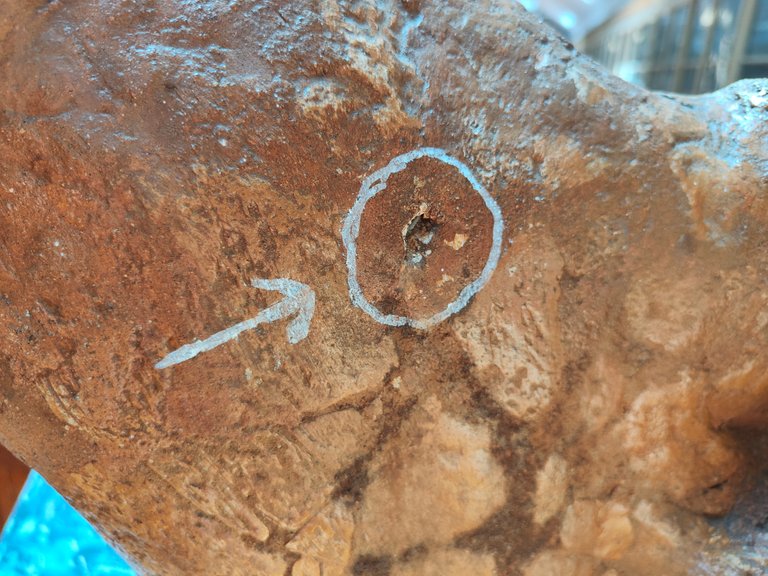
Existen fosiles que tienen un nivel evolutivo mucho mayor que otros fosiles y que al mismo tiempo se extinguieron demasiado rapido? esto es un requisito para agruparse entre un fosil guia.😬🤯
Are there fossils that have a much higher evolutionary level than other fossils and that at the same time became extinct too quickly? this is a requirement for grouping with a lead fossil.😮😮
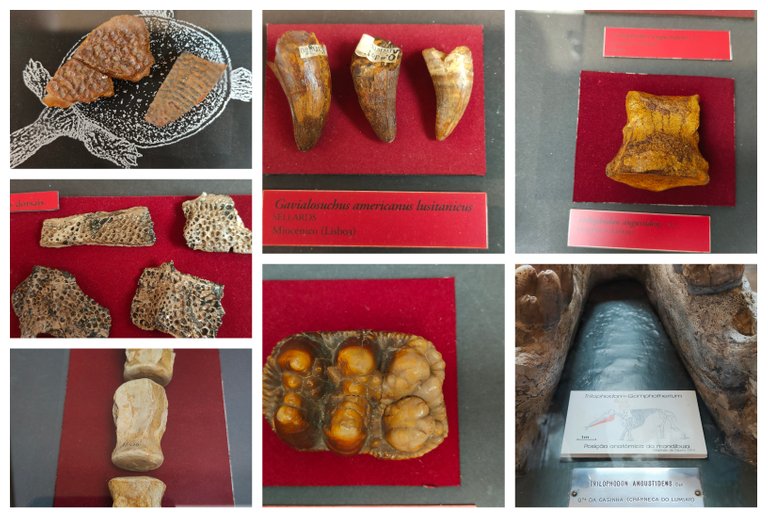
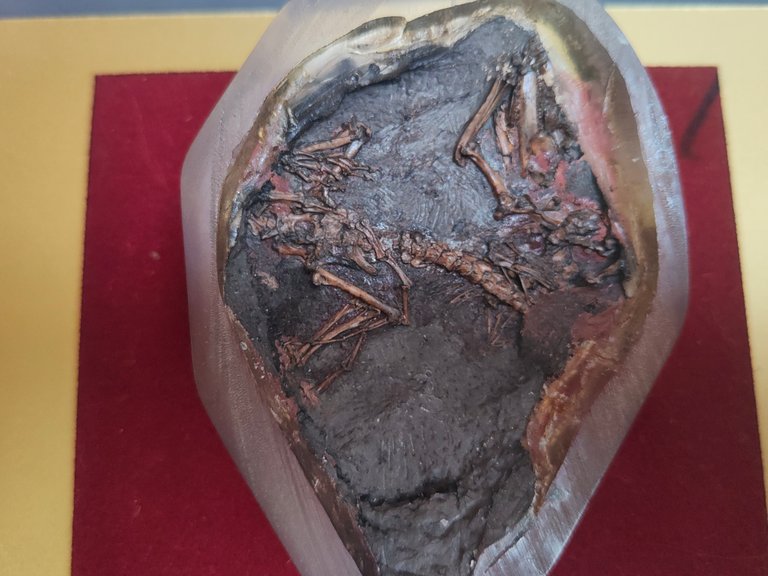
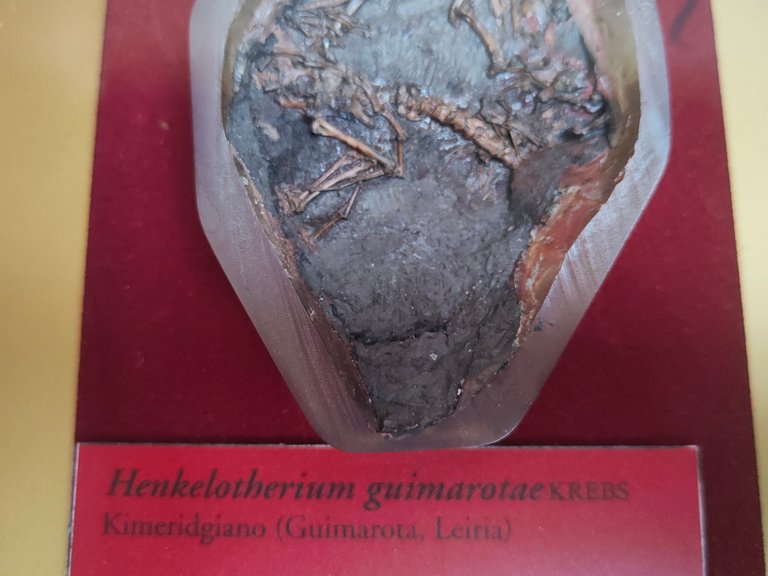

Como se fosiliza un animal¿¿🌏🦴/How does an animal fossilize?🧠🙇♂
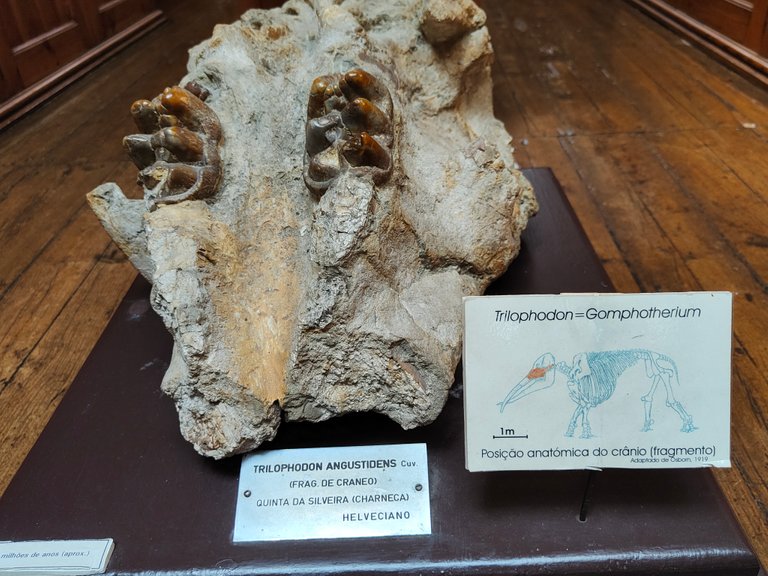
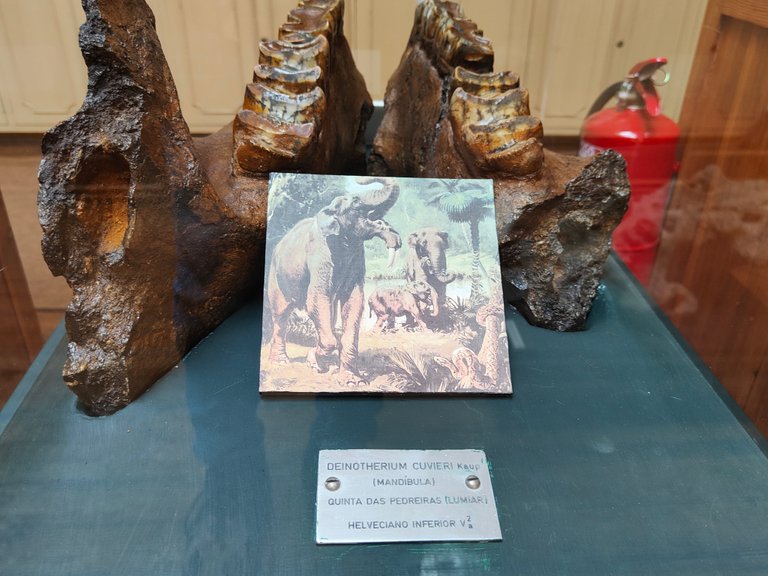

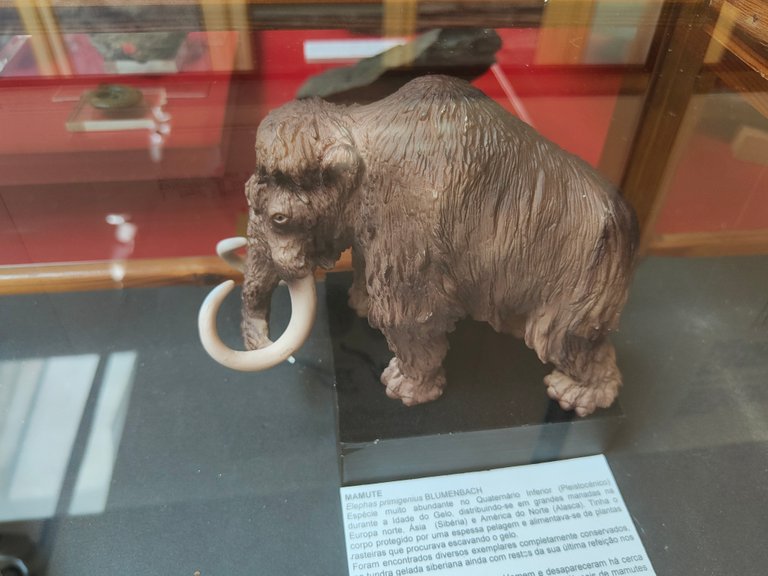
Para entender un poco los fosiles podemos aprender como es el proceso de fosilizacion, y es algo bastante interesante y muy dificil que se produzca en la naturaleza, normalmente porque un animal cuando muere se descompone y simplemente desaparece incluyendo los huesos, pero cuando el animal muere y es cubierto por lava o algun pantano puede ocurrir una fosilizacion con sus restos! el proceso mas comun de fosilizacion de todos es la permineralizacion que no es mas que cuando el sedimento cubre el hueso y lo protege de factores ambientales como bacterias, carroña, sol, lluvia, degradacion!😮😲
To understand fossils a little we can learn how the fossilization process is, and it is something quite interesting and very difficult to occur in nature, normally because when an animal dies it decomposes and simply disappears including the bones, but when the animal dies and it is covered by lava or some swamp fossilization can occur with its remains! The most common fossilization process of all is permineralization, which is nothing more than when the sediment covers the bone and protects it from environmental factors such as bacteria, carrion, sun, rain, degradation!🧠👩💻🌏

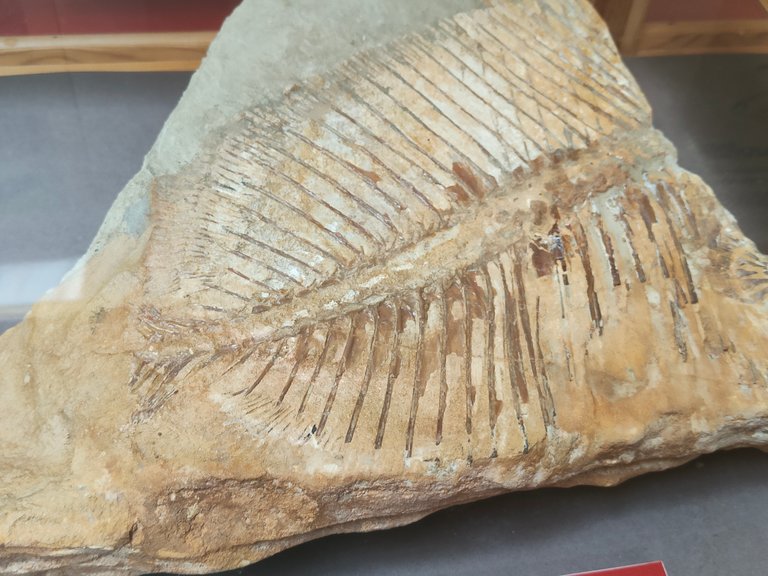
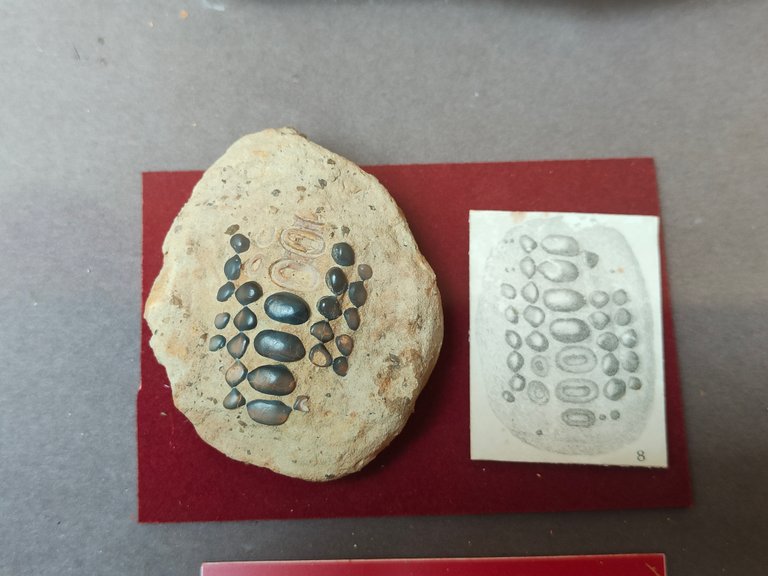
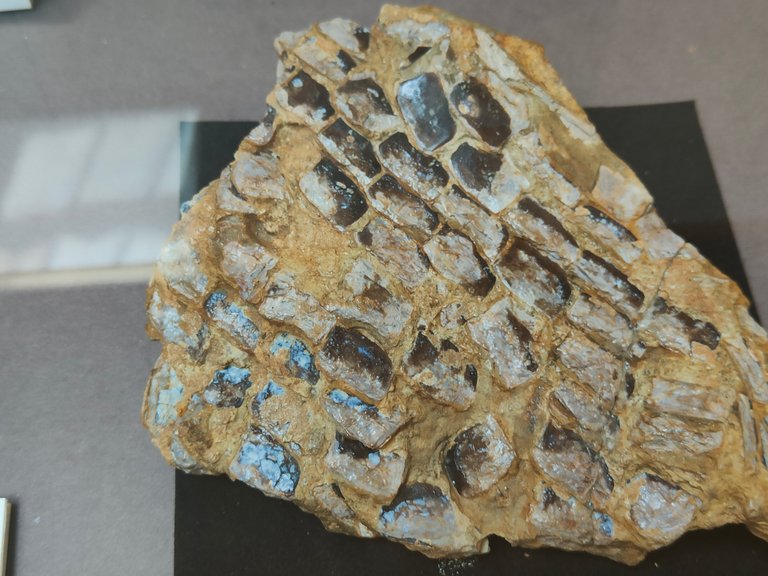
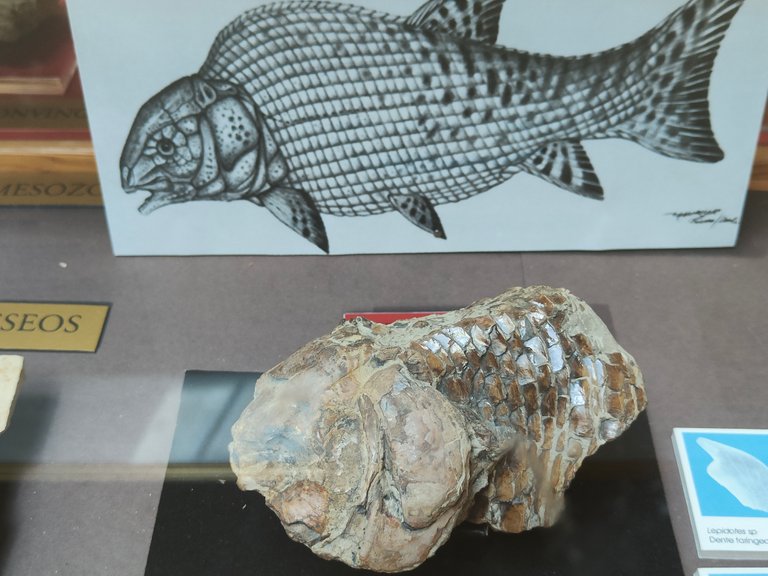
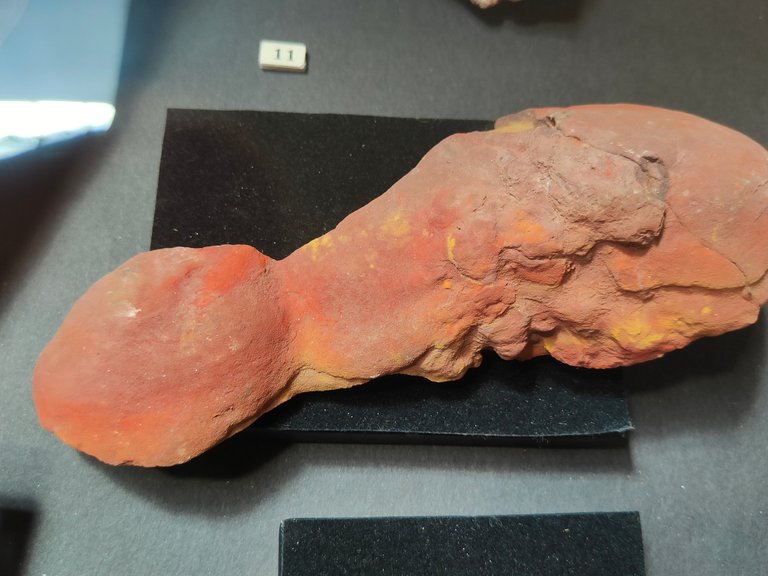
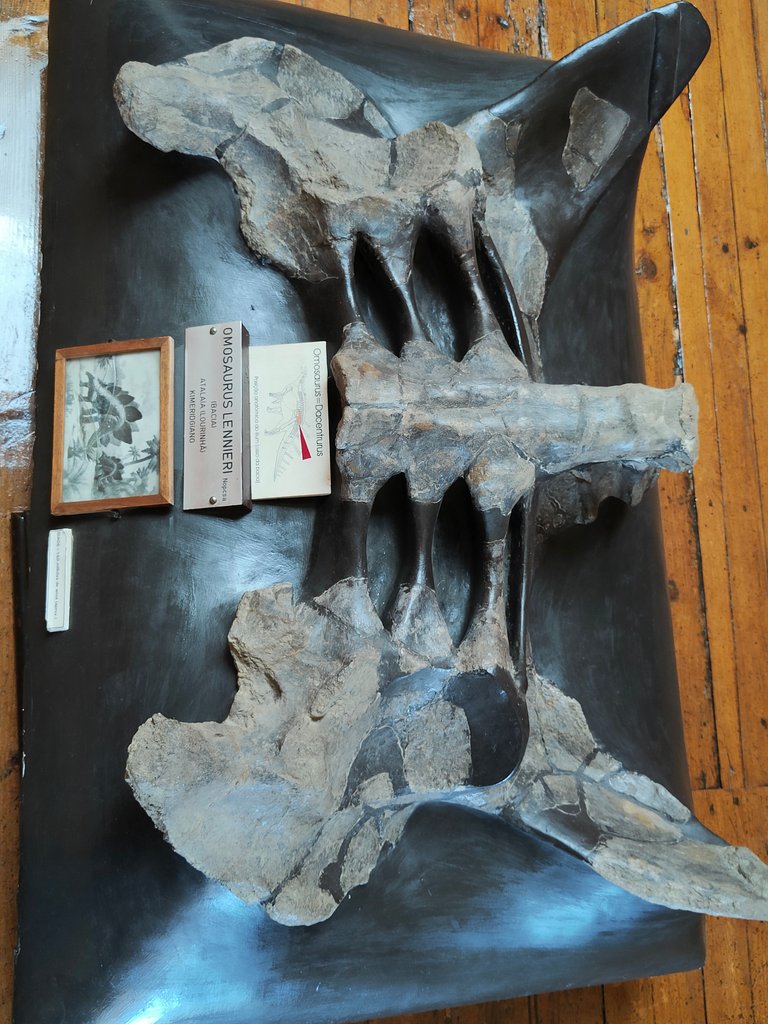
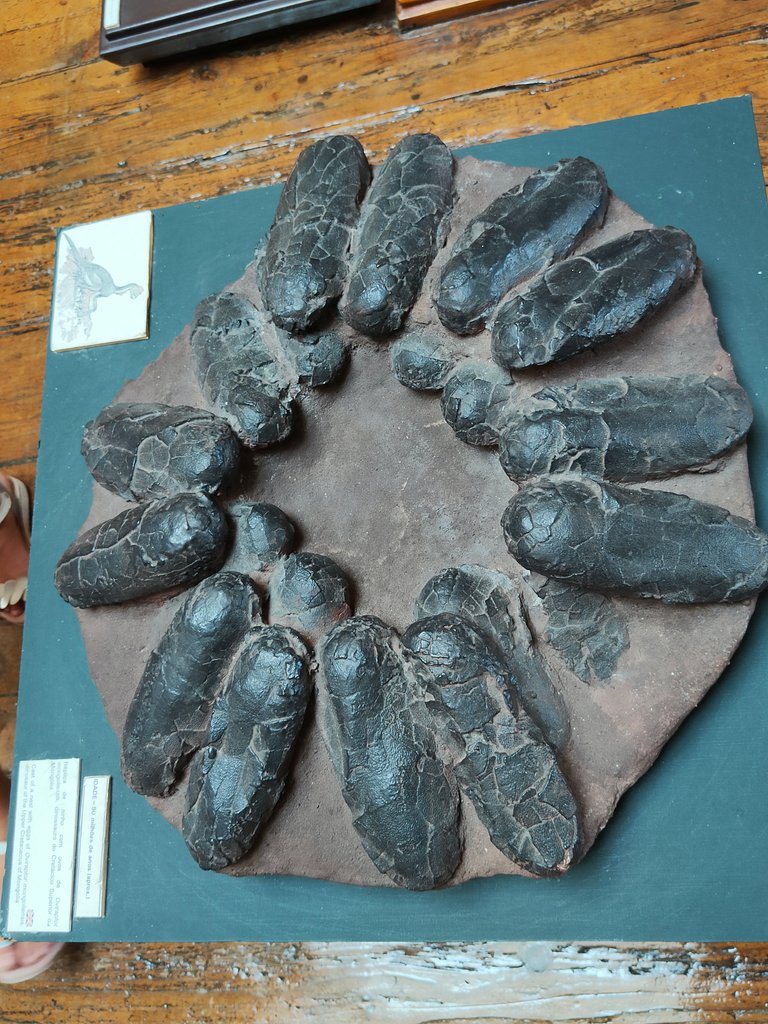


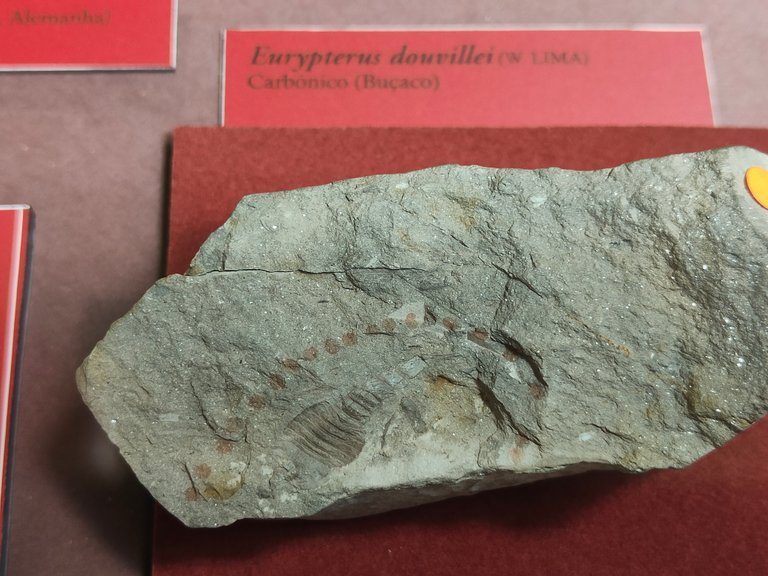
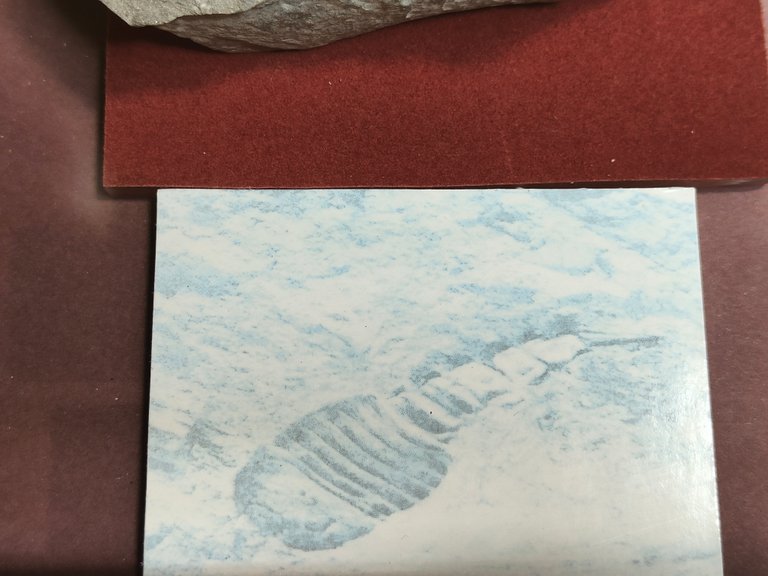

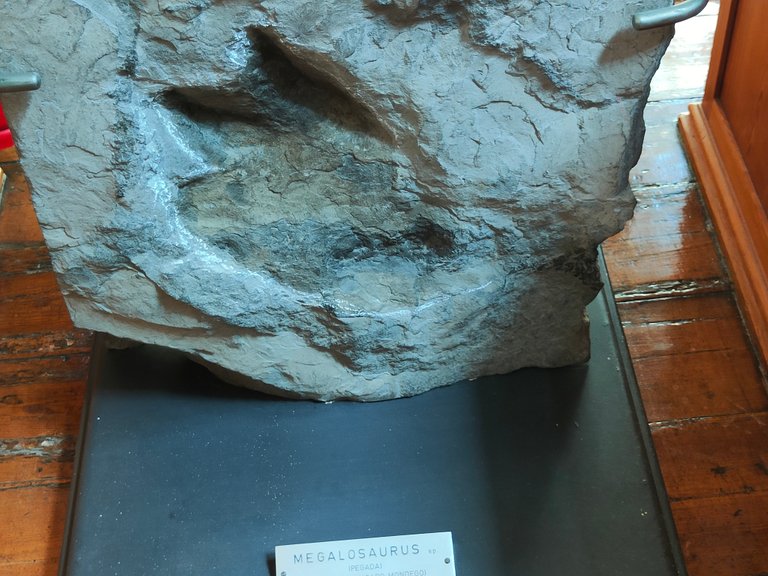

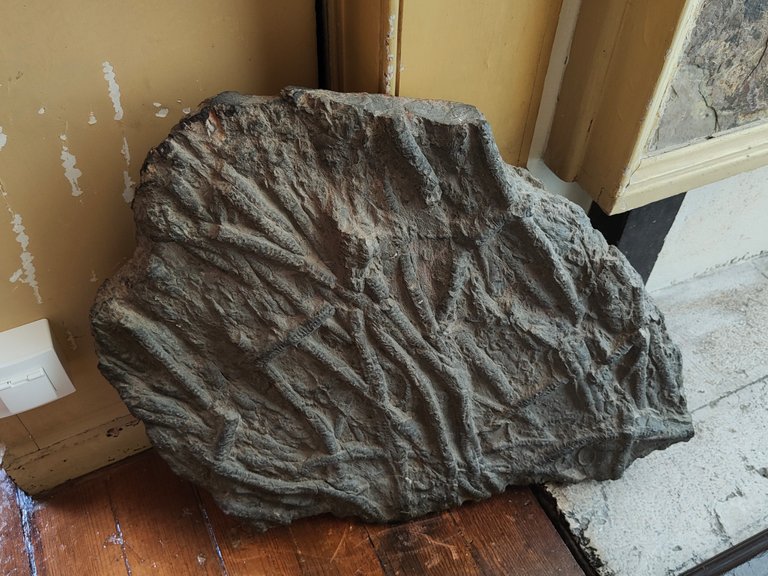
Sin fosiles los cientificos no podrian deducir como ocurrio la extincion de los dinosaurios, asi de importante son para la ciencia!🤓📚
Without fossils, scientists could not deduce how the extinction of the dinosaurs occurred, that is how important they are for science!👨🏫👩🏫👨🎓🕵️♂️

DNA is an organization to foster and DENSIFY NATURE-APPRECIATION which aims to establish REPORTS OF BIODIVERSITY DATA that is contributed by all of us Hiveans and subsequently cataloged.
Therefore DNA searches for HIGH-QUALITY posts that aim to DESCRIBE and determine the BIODIVERSITY AROUND YOU with added EXPLANATIONS and INFORMATION. For these informative posts they offer a CURATION SERVICE using the @dna.org account. It is also a CURATION TRAIL. Just add the #dna TAG if you think that any of your posts is what they are looking for.
GRACIAS POR LEERME / THANKS FOR READING ME /FOTOS DE MI PROPIEDAD / PHOTOS OF MY PROPERTY)🙂🧠🦾👍
Referencias bibliograficas / Sources:
Para la realizacion de este post se empleo como guia la pagina cientifica (enciclopedia de humanidades), para citas directas se emplea: "".
For the realization of this post, the scientific page (encyclopedia of humanities) was used as a guide, for direct citations the following is used: "".






































































